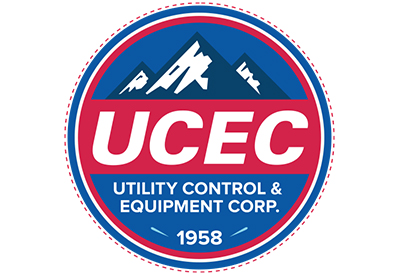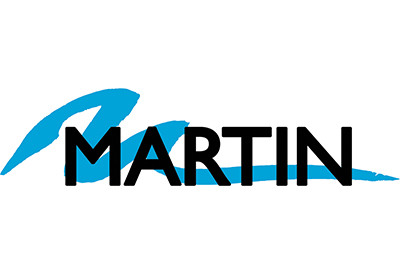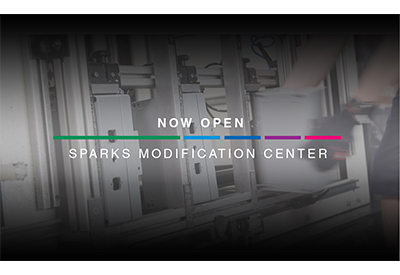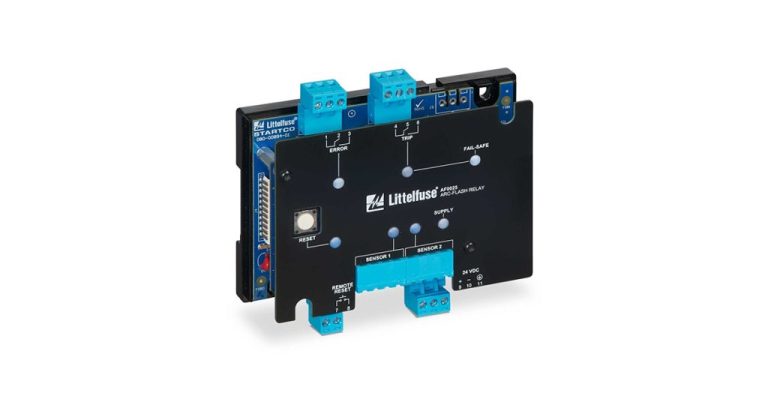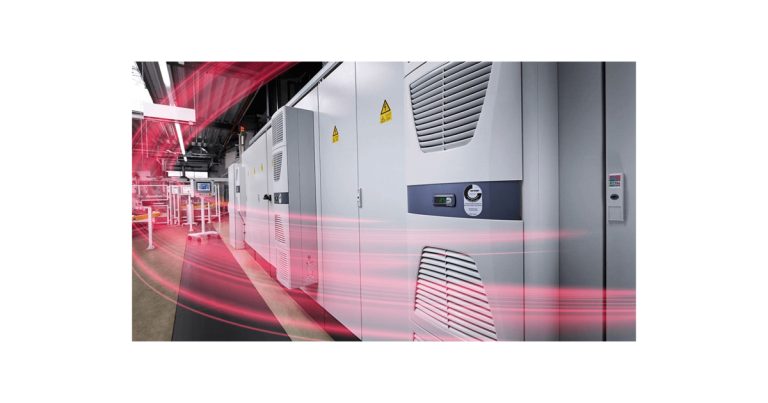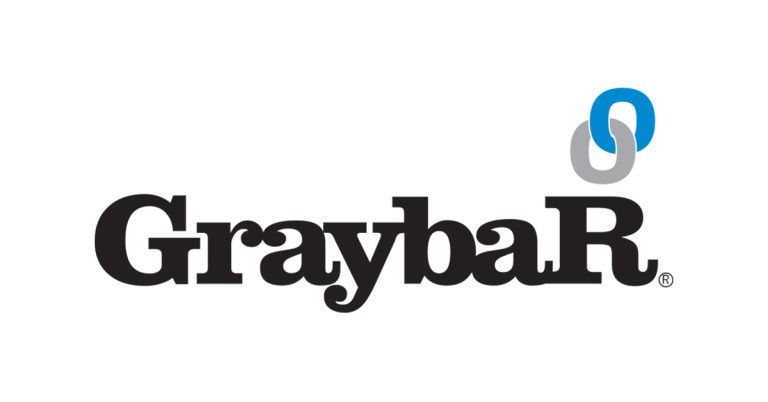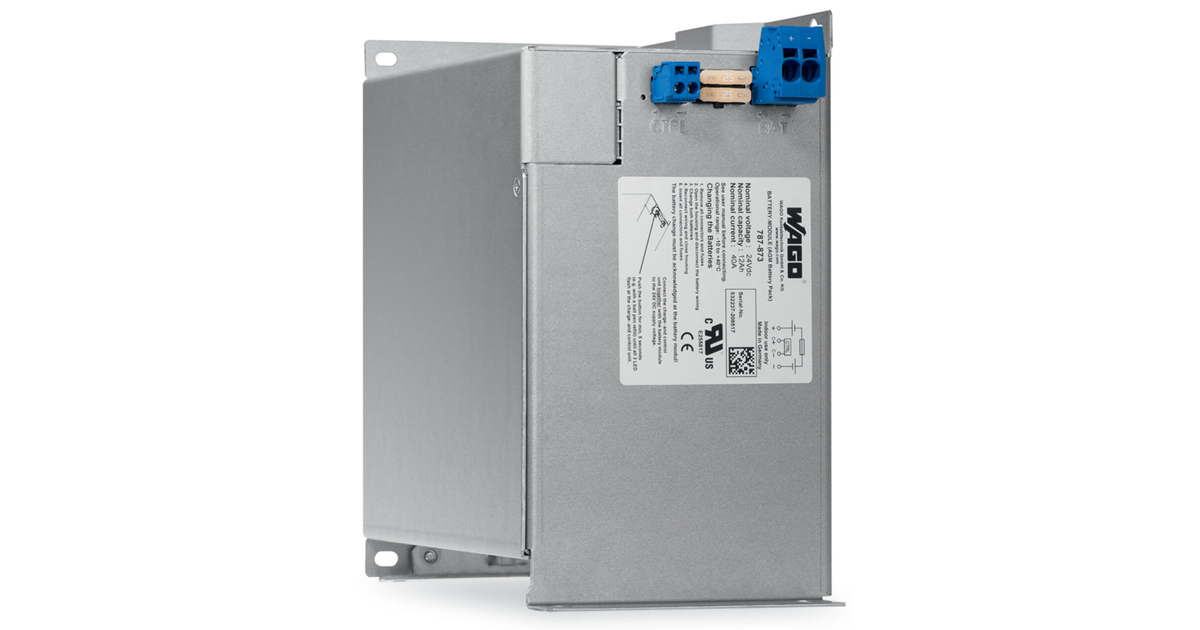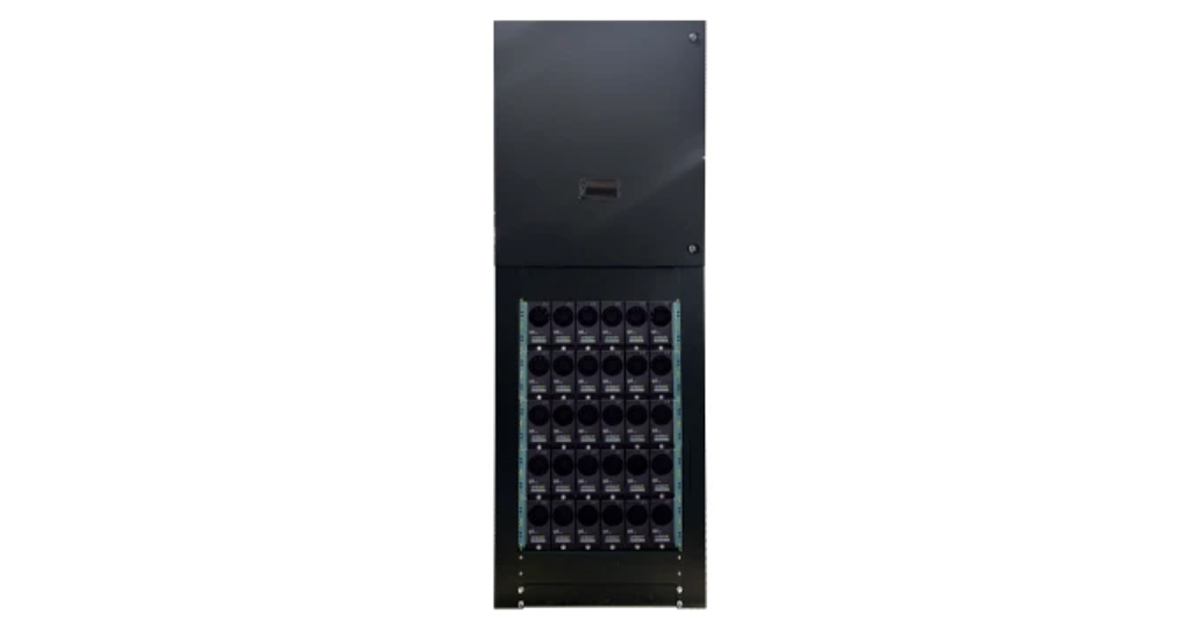5 Reasons for Improving Collaborations Between ECAD and MCAD Applications
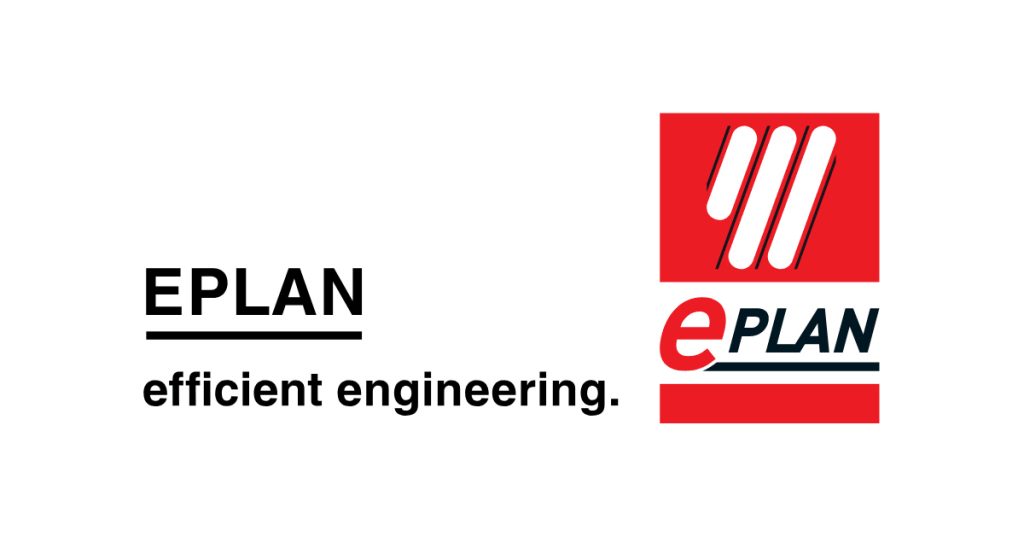
October 31, 2023
By Paul Goleniak, Team Leader/Senior Consultant, EPLAN USA
Electrical computer-design (ECAD) software and mechanical computer-aided design (MCAD) software play an equally central role in many design engineering applications. To keep up with the increasing complexity of product development in many sectors, it is essential for ECAD and MCAD teams to collaborate effectively. When working productively and managing their responsibilities efficiently, it makes downstream problems easier to identify and resolve earlier on in the process, saving your business time and money.
1. Defined Areas of Responsibility
Better collaboration means that roles within a project are clearly delineated and that, therefore, there is no need for mechanical engineers to be doing any electrical work. Your mechanical engineers will have the confidence in the electrical team to complete their design in their preferred native environment and provide all data in a suitable format that can then be incorporated into the overall design. This saves valuable time, avoids misunderstanding, and prevents resentment between members of each team due to duplicated areas of responsibility.
2. Enhanced Product Quality
By working towards shared goals, ECAD and MCAD teams can ensure that electrical and mechanical components are compatible in function. This level of collaboration helps eliminate inconsistencies between electrical and mechanical aspects which could otherwise lead to costly mistakes and product failures.
3. Reduced Rework Time
Improved interdepartmental collaboration minimizes the need for design reworks as data is easily exported from the mechanical system, enriched with electrical elements, and then exported back out again. This enforces a change process which means that changes are identified at the time, rather than missed and have to be rectified later in the process. This leads to reduced time and costs associated with re-engineering the product – as well as a lower risk of production level mistakes.
4. Higher Productivity
Better collaboration always results in higher productivity, as it allows for a more efficient division of labor, fewer miscommunications, and higher output arising from better teamwork. Responsive collaboration also eliminates or reduces redundant activities that might lead to wasted time or resources. This means that ECAD and MCAD teams can significantly reduce the time to market, which from a management point of view, lowers operational overheads and helps achieve project KPIs.
5. Compatible File Types
Compatible file types make it more straightforward for engineers to export and pass versions to the other department and then import revised versions back into their software. This minimizes data translation and the mistakes that arise from human error and lost data.

https://blog.eplanusa.com/improving-collaborations-ecad-mcad-applications

